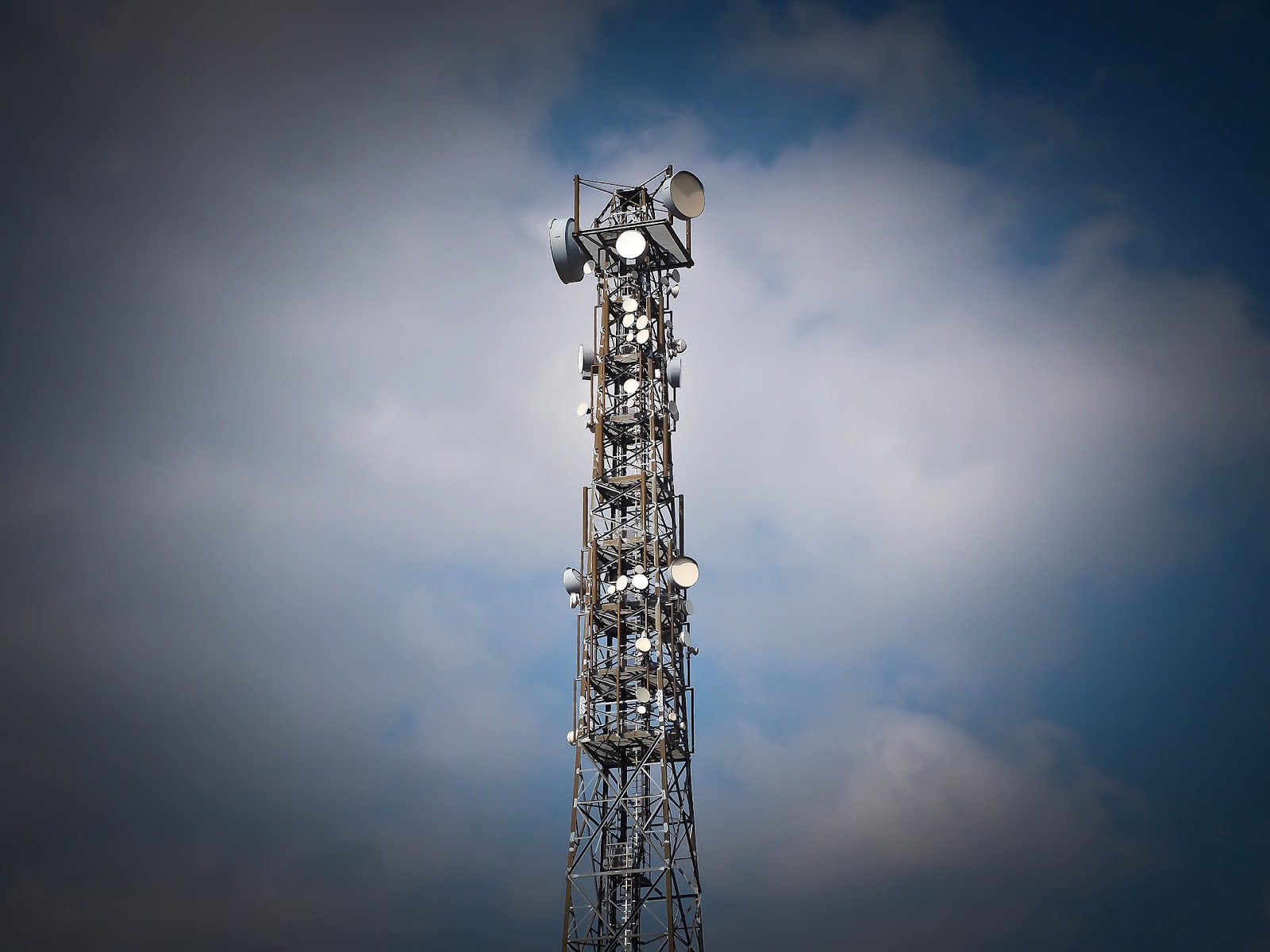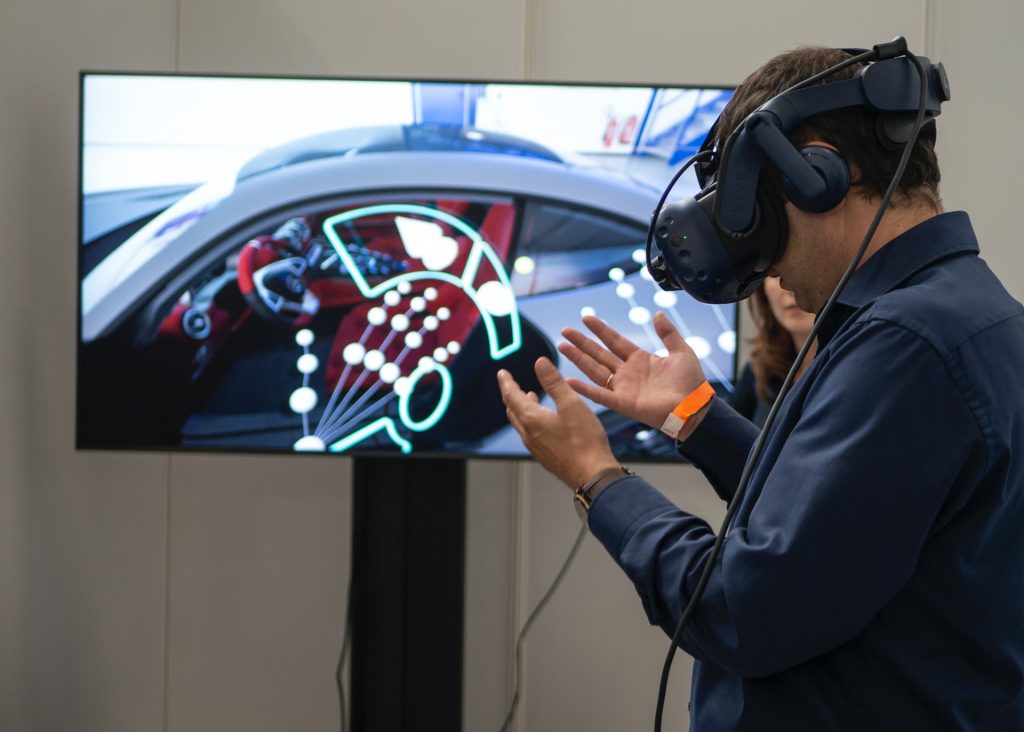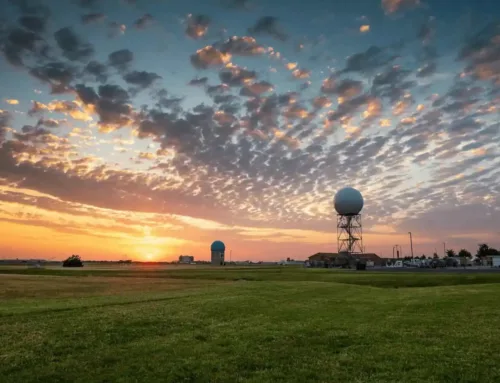The future of mobile data is in small cell technology. This technology uses low-power, short-range transmissions that cover small geographical areas. The unique ability of small cells to handle high-density data while providing speeds that are 30 – 50 times faster than existing 4G LTE networks makes small cells the perfect choice for 5G networks.
What are Small Cells Called?
Small cells are an umbrella term for many different types of cells with similar but slightly different properties. The most common are femtocells. Today there are many types of femtocells, including metrocells, metro femtocells, public access femtocells, enterprise femtocells, super femtos, supercell three femtos, and microcells.
Where are Small Cells Used?
There are some misconceptions that small cells are exclusively for residential use. This technology has many applications, including both residential and commercial uses. There is no shortage of the settings in which users need internet access, and small cell technology can provide it.
Commercial Properties
Business parks and office buildings, apartment complexes, and hotels all need to offer reliable and secure internet access. Small cell technology can provide unmatched speeds on a per building basis, making it an excellent choice for commercial wireless.
Venues
It has always been difficult to meet the unique demands of sports arenas and conference centers which experience frequent short periods of heavy demand. Small cell technology allows stewards, staff, and patrons to make calls, share content, and process payments with ease.
Urban Developments
Localized access in densely populated areas like downtown business districts with peaks of high demand during business hours utilizes small cell technology to meet their needs.
Related: What is Environmental Due Diligence: A Complete Guide
Types of Small Cells
There are three main types of small cells, including femtocells, picocells, and microcells. Each type caters to different capabilities in bandwidth and user load. Femtocells are small mobile bases that work best for residential and enterprise applications. These cells are used to extend coverage and provide backup during periods of heavy congestion.
Picocells are another type of small cell that is great for individual building or structure use. These cells are used in office buildings, hospitals, and shopping complexes. Microcells are similar to picocells and are great for institutional uses like hospitals and universities because they can support a higher number of users.
How Does Small Cell Technology Pave the Way for 5G
Wireless carriers are pushing for 5G networks to bring better, faster connectivity to more customers. And it is small cell technology that is making this innovation possible. Small cells are individual wireless transmitters that provide network coverage to small areas. Most wireless networks are built using a system of macro transmitters in the form of cellular towers and satellites. By comparison, 5G networks will be built using an opposite approach.
The main driver for the change in cellular networks is to improve coverage and boost speeds to keep up with increasing data demands. Another benefit of using small cell technology is improved battery life for devices. Now that the technology is available, the major wireless carriers are racing to provide 5G coverage to users.
How Do Small Cells Work?
Small cells work similarly to macrocells with the added benefit of reduced power and increased performance. These cells use beamforming and millimeter waves to transmit signals. The good news is that small cells are designed with reduced complexity which makes them easier to implement. These small transceivers essentially plug into the wall and provide that building with network coverage with the ability to deliver 5G speeds.
Are Small Cells Safe?
As the race heats up to be the first to provide widespread 5G coverage, the rumor mill is buzzing with claims that 5G might be harmful to health and safety. However, consumers can rest assured that small cell technology is held to the same safety standards as other forms of wireless technology. Small cells are low-frequency devices that transmit at powers between .02 and .025 watts. The effect of radio waves has been well studied, and the general consensus is that there are no harmful health effects from exposure to such low-level transmissions.
Millman National Land Services is your partner for commercial real estate transactions. We have been providing land surveys for real estate deals for more than twenty years. And with a commitment to innovation and technology, we are looking forward to the future of business with 5G networks. Learn more today.
Related: What is the Purpose of Zoning?
Where Will 5G Towers Be Placed?
Wireless towers are common throughout urban and rural areas. These towers are owned either by cellular carriers or third-party infrastructure firms. And these existing towers will be utilized as masts for new 5G networks as well. But existing masts will only be part of the 5G solution. Urban areas and those with unique high demands will require more cell density using micro infrastructure to keep up with network demands.
How the COVID-19 Pandemic Impacted the 5G Rollout
The timing of the pandemic and the introduction of 5G technology occurred seemingly side-by-side. And as the world faced massive supply chain disruptions, small cell production, towers, and 5G devices saw similar delays. Shelter in place mandates occurred around the globe and, in many cases, halted production for months at a time. By the summer of 2020, 5G development was back on track, so the impacts of the pandemic seem to be temporary in the grand scheme of wireless innovation. But it didn’t stop conspiracy theorists from spinning stories surrounding the intent of 5G networks.
Why is Small Cell and 5G Technology Important?
Capable wireless networks that can handle the demands of streaming high-quality content help mobilize data. Data is big business, and it is being leveraged in new ways by corporations to optimize marketing efforts and increase sales. With the mobility of 5G networks, sales staff can have the right data at the right time without being bound to the walls of a corporate office. As the workforce becomes more mobile, 5G technology will become essential.
Related: The Future of Telecommunications: What is Millimeter Wave Technology?
What is Next for Small Cell Technology?
Small cell technology isn’t something that is comingㄧit’s here. And it is providing better digital experiences for everyone from individual users to enterprise-level data centers. And, most notably, wireless carriers are using small cell technology to build 5G wireless networks. But no one is putting all of their eggs in one basket. Major wireless carriers like Verizon are exploring technologies that allow cars to interact with smart road infrastructure and drones that use AI to repair heavy industrial equipment. 5G and small cell technology, although in their infancy, are the building blocks that will make these innovations possible.
The Bottom Line
Small cell technology is driving innovation in big data. It is providing high-speed access in areas that have struggled to have wireless coverage in the past. Small cell technology is responsible for wifi hotspots in urban downtown areas and sports complexes. Small cells are the building blocks for 5G, which is the future of wireless data that will allow users to connect and stream data at speeds that are significantly faster than existing 4G LTE networks.
Millman National Land Services has 20 years of experience surveying real estate. We work with major brands to ensure smooth transactions. Contact us to learn more today.









